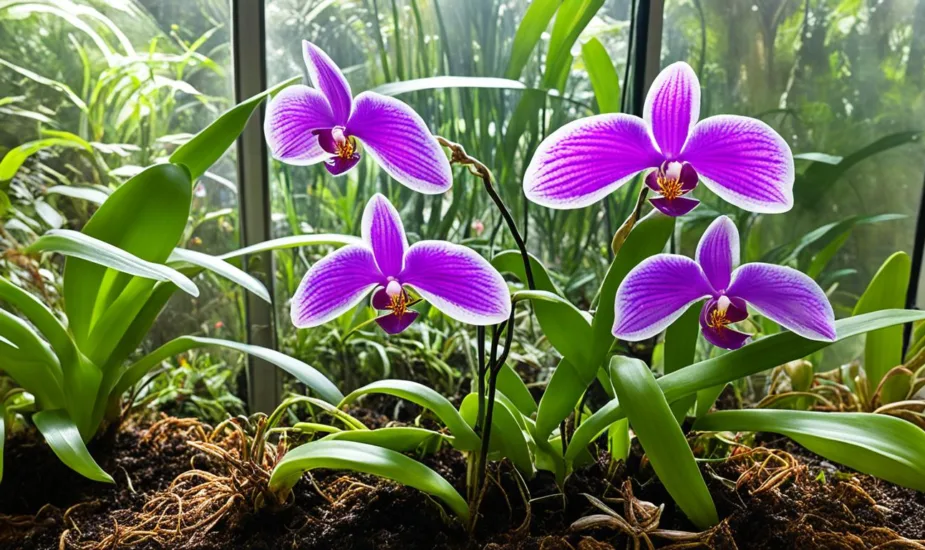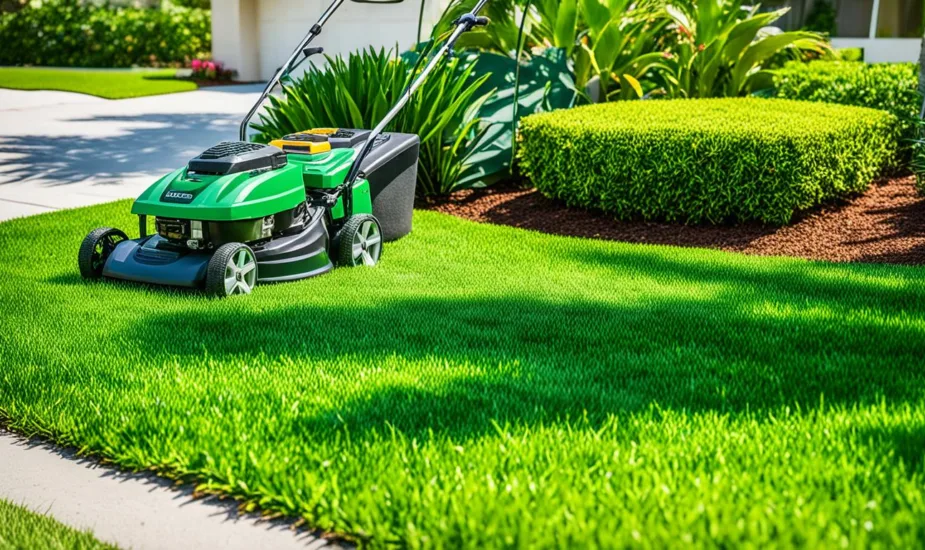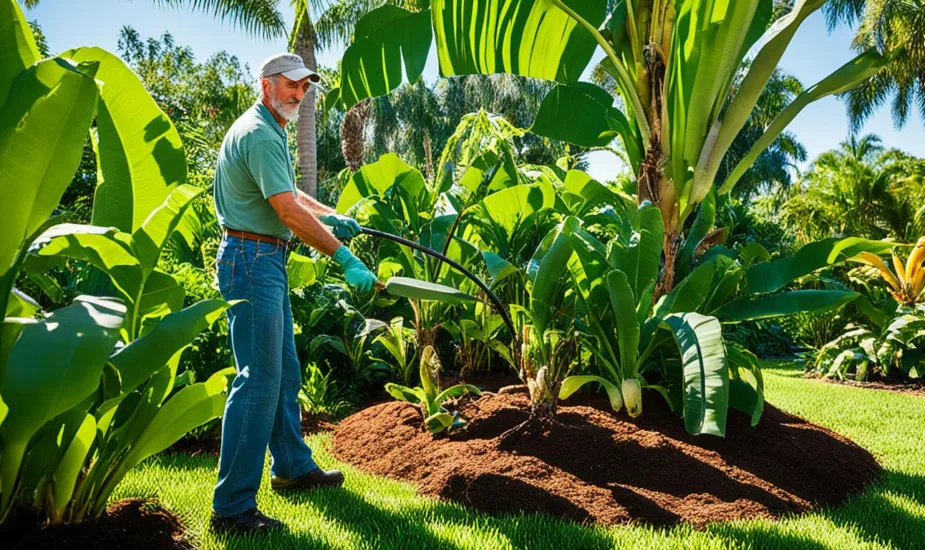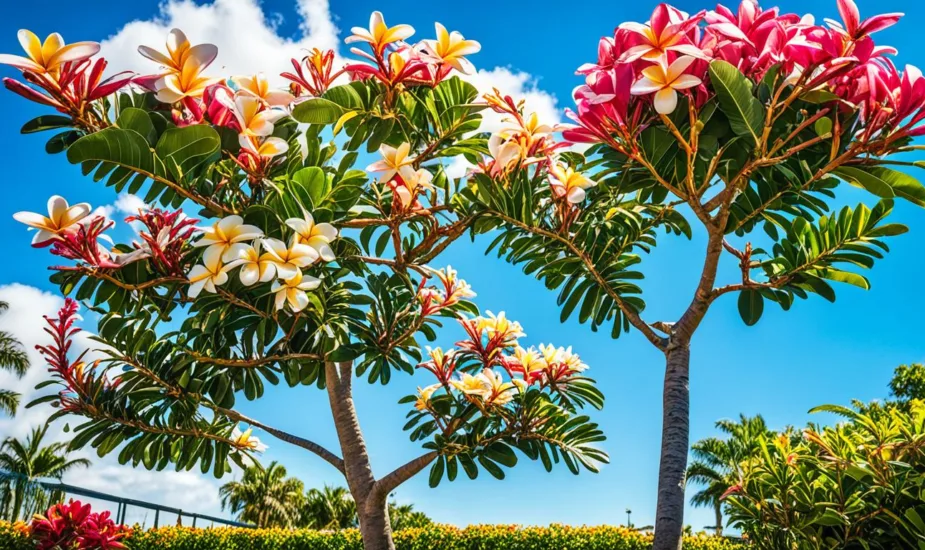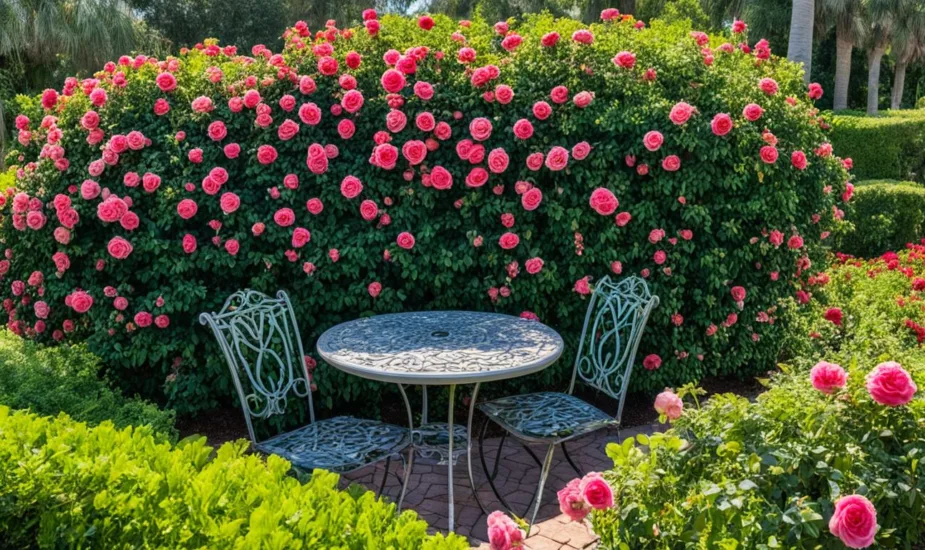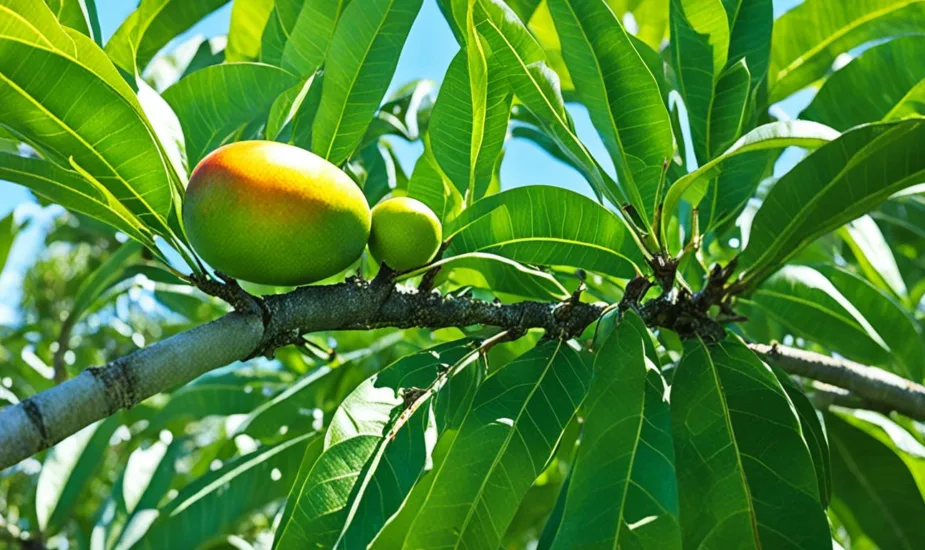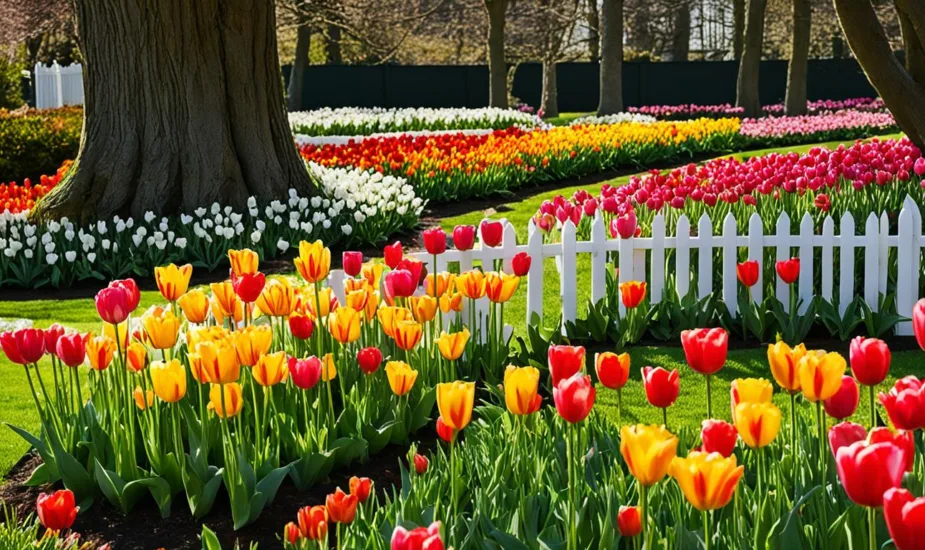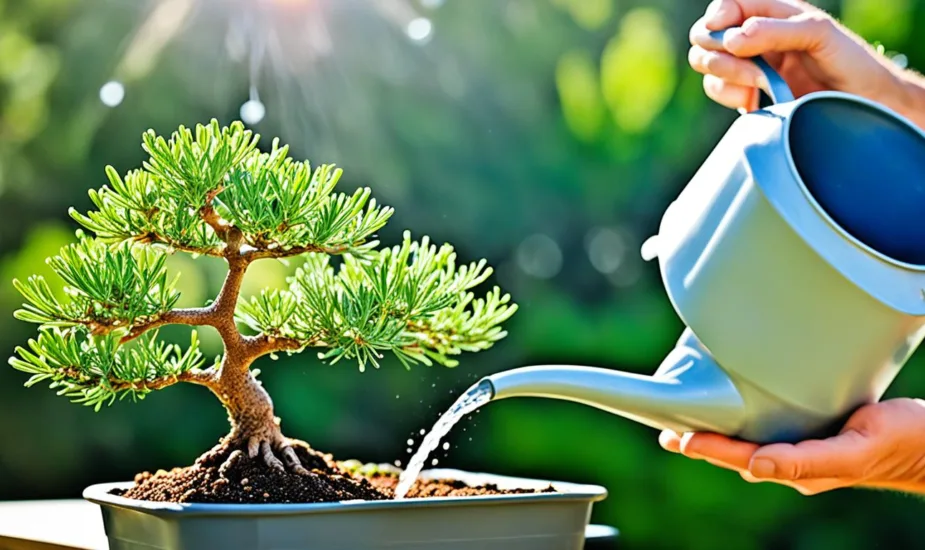Succulent Care in Florida: Thriving Tips
Uncover the secrets of succulent care in Florida with expert tips tailored for the Sunshine State's unique climate. Get your succulents flourishing!
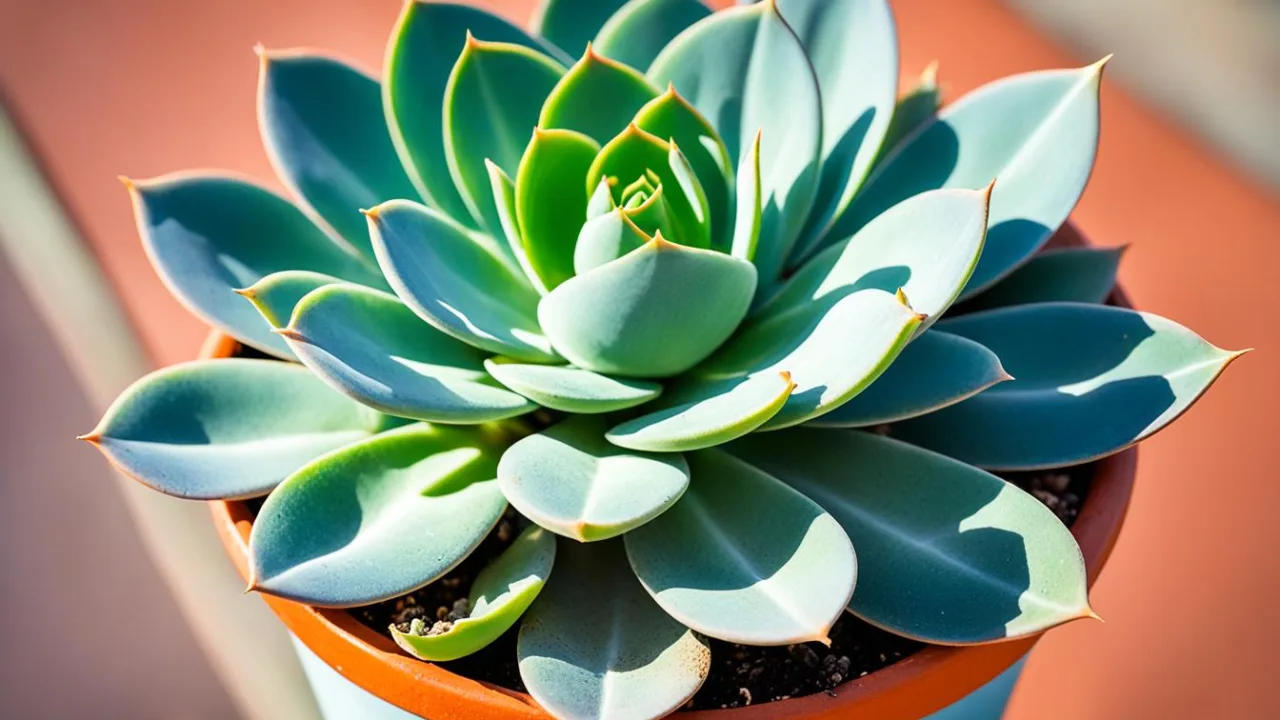
When it comes to gardening, I’ve always had a bit of a black thumb. No matter how much I watered or fertilized, my plants always seemed to wither away. That is, until I discovered succulents. These beautiful and low-maintenance plants have become my new obsession, and I’ve found that they thrive even in the challenging climate of Florida.
It all started when I moved into a new apartment in Miami. With limited space and a busy schedule, I needed plants that could survive with minimal attention. That’s when I stumbled upon succulents. Their fleshy stems and leaves store water, allowing them to survive in arid climates.
I decided to give succulents a try and set out to create a beautiful succulent garden on my balcony. I did some research and learned that the key to successful succulent care in Florida is to grow them in containers with well-drained soil. This allows the soil to dry out between waterings, preventing root rot.
Armed with this knowledge, I went to my local garden center and bough a variety of succulent plants. I chose popular succulent groups for Florida, such as Echeveria, Sedum, Sempervivum, and Kalanchoe. These plants are not only beautiful but also well-suited for the Florida climate.
As I planted my succulents and watched them grow, I couldn’t help but feel a sense of accomplishment. These little plants were thriving in the Florida heat, and I knew it was because I was providing them with the care they needed. I was finally able to enjoy the beauty of a garden without the constant worry of killing my plants.
If you’re considering growing succulents in Florida, fret not. With the right care and attention, these plants can thrive in the sunshine state. In the upcoming sections, I’ll share some of the best succulent care tips specifically tailored for Florida’s climate. From indoor care to outdoor gardening, you’ll learn everything you need to know to create a thriving succulent garden in the Sunshine State.
Key Takeaways:
- Choose succulent varieties that are well-suited for the Florida climate, such as Echeveria, Sedum, Sempervivum, and Kalanchoe.
- Grow succulents in containers with well-drained soil to prevent root rot.
- Allow the soil to dry out between waterings to mimic the arid conditions that succulents prefer.
- Pay attention to succulent pests like mealybugs and scale insects and take appropriate measures to control them.
- Whether you’re a beginner or an experienced gardener, succulents are an excellent choice for Florida landscapes due to their low-maintenance nature and ability to thrive in the state’s climate.
Growing Echeveria in Florida
Echeveria is a group of succulents known for their beautiful rosette-shaped foliage. These plants can be grown both indoors and outdoors in Florida, adding a touch of natural beauty to any space. Whether you’re a beginner or an experienced gardener, here are some essential tips for successfully growing Echeveria in Florida:
Indoor Succulent Care in Florida
When growing Echeverias indoors, it’s crucial to create a suitable environment that mimics their natural habitat. Here are some key points to consider:
- Place your Echeveria in a location that receives bright, indirect sunlight. South or west-facing windows are ideal.
- Ensure the temperature in your home remains between 60-75°F (15-24°C) for optimal growth.
- Use a well-draining succulent soil mix specifically designed for Florida’s climate. This will prevent waterlogging and root rot.
- Water your Echeveria thoroughly when the top inch of soil is dry. Be careful not to overwater, as succulents are prone to root rot.
- Fertilize your Echeveria once a month during the growing season using a balanced liquid succulent fertilizer.
Outdoor Succulent Care in Florida
If you prefer growing Echeverias outdoors, follow these tips to ensure their well-being:
- Select a location that receives partial to full sun. Echeverias thrive in bright, sunny spots.
- Plant your Echeverias in well-draining soil that is enriched with organic matter. This will allow the roots to breathe and prevent waterlogged conditions.
- Water your outdoor Echeverias deeply but infrequently. Allow the soil to dry out completely between waterings to prevent root rot.
- During periods of heavy rainfall, it’s crucial to move potted Echeverias under cover or to a protected area to avoid excessive moisture.
- Monitor your Echeverias for pests like aphids or mealybugs. If detected, treat them with a mild insecticidal soap or neem oil.
Echeverias come in various stunning varieties that are well-suited for Florida’s climate. Some popular choices include the ‘Black Prince’ with dark red leaves, ‘Ruffles’ with ruffled leaves, and the blue rose Echeveria with beautiful blue-green foliage. Whether you grow them in containers for indoor displays or incorporate them into rock gardens for outdoor landscapes, Echeverias are sure to add charm and elegance to your Florida garden.
Growing Sedums and Sempervivums in Florida

Sedums and Sempervivums are two popular groups of succulents that thrive in the Florida climate. With their rosette-shaped leaves and vibrant colors, these plants add beauty and charm to any indoor or outdoor garden. Whether you choose to grow them in containers or incorporate them into your landscape design, Sedums and Sempervivums are known for their low-maintenance and drought-tolerant nature.
Sedums come in a variety of heights and colors, making them versatile additions to any garden. They can be used as groundcover, border plants, or even in vertical gardens. Some popular Sedum varieties for Florida include:
- ‘Dragon’s Blood’: With its deep red leaves, this Sedum adds a rich and bold color to your garden.
- ‘Angelina’: This Sedum features bright yellow foliage that turns orange and burgundy in cooler temperatures.
- ‘Cape Blanco’: With its silvery-blue leaves, this Sedum creates a stunning contrast in your garden.
Sempervivums, also known as houseleeks, are hardy succulents that form tight rosettes. They can withstand cold temperatures and are perfect for growing on rooftops or rock gardens. Some popular Sempervivum varieties for Florida include:
- ‘Green Wheel’: This variety has green leaves with prominent red tips, adding a pop of color to your garden.
- ‘Pacific Red’: With its deep red foliage, this Sempervivum stands out and adds drama to any garden.
- ‘Purple Beauty’: Featuring purple leaves with a hint of green, this Sempervivum offers a unique color combination.
When growing Sedums and Sempervivums in Florida, it’s crucial to provide them with well-draining soil. These succulents are susceptible to root rot if their roots sit in waterlogged soil. Be sure to use a sandy or gravelly soil mix that allows excess water to drain away.
Another important aspect of florida-friendly succulent care is to avoid over-watering. Succulents, including Sedums and Sempervivums, are adapted to survive in arid conditions and store water in their leaves. They prefer to be slightly underwatered rather than overwatered. Allow the soil to dry out between waterings and water thoroughly when you do water them.
Lastly, keep an eye out for common succulent pests such as mealybugs and scale insects. These pests can damage the leaves and hinder the growth of your Sedums and Sempervivums. If you notice any signs of pest infestation, use natural pest control methods or consult a horticulturist for guidance.
Growing Kalanchoe in Florida
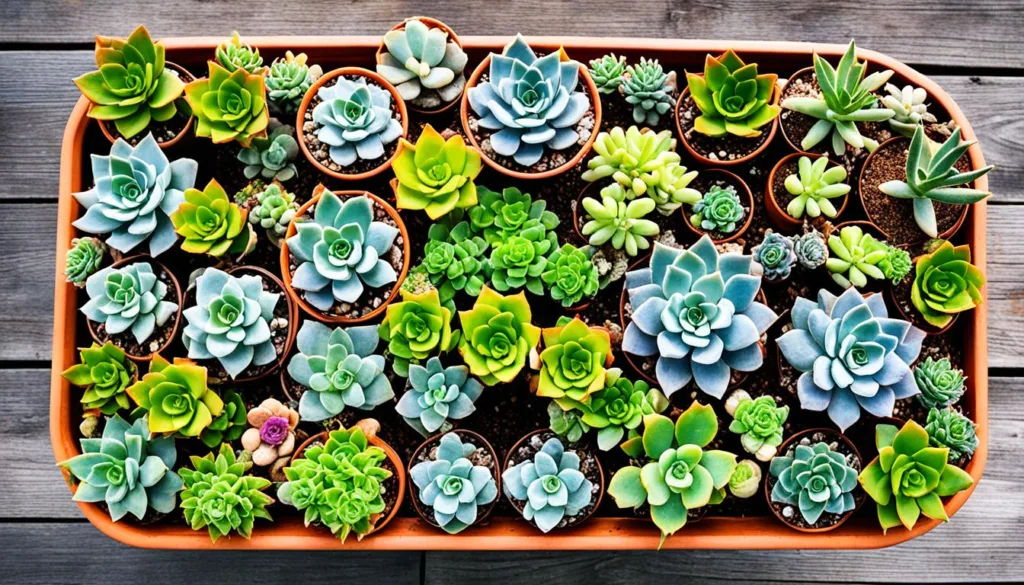
When it comes to succulent varieties that thrive in the Florida climate, Kalanchoe is a top choice. With its unique paddle-shaped leaves and vibrant colors, Kalanchoe adds a touch of tropical beauty to both indoor and outdoor gardens.
Kalanchoes prefer bright, indirect sunlight, making them perfect for Florida’s sunny weather. They can be grown in containers as stunning centerpieces or integrated into landscape designs for a tropical flair.
One popular Kalanchoe variety for Florida is the Panda succulent. This variety features fuzzy white leaves that add texture and visual interest to any garden. Another notable option is the thyrsiflora variety, with its blue-green leaves that turn red at the tips, creating a beautiful contrast.
Kalanchoe Care Tips
When growing Kalanchoe in Florida, it’s essential to provide them with well-draining soil to prevent waterlogging, as succulents are susceptible to root rot. Watering should be done when the top layer of soil feels dry to the touch, avoiding over-watering.
Additionally, Kalanchoes are generally low-maintenance plants but can benefit from regular fertilization during their active growth period. A balanced liquid fertilizer diluted to half strength can be applied every two to four weeks during this time.
| Kalanchoe Variety | Characteristics |
|---|---|
| Panda | Fuzzy white leaves, perfect for containers |
| Thyrsiflora | Blue-green leaves turning red at the tips, ideal for landscape designs |
With their stunning foliage and easy care requirements, Kalanchoe succulents are a fantastic addition to any Florida garden. Their ability to thrive in the state’s climate allows plant enthusiasts to add beauty and variety to their indoor and outdoor spaces.
Conclusion
Succulents can thrive in Florida’s climate with proper care and attention. By growing them in well-draining soil, providing the right amount of water, and choosing suitable varieties for the region, succulents can add beauty and low-maintenance greenery to indoor and outdoor spaces.
Florida’s weather can be challenging for many plants, but succulents have the ability to withstand the heat and humidity while maintaining their unique shapes and colors. These resilient plants are a great choice for both beginners and experienced gardeners looking to enhance their Florida landscapes.
Whether you’re creating a tranquil indoor oasis or designing an inviting outdoor garden, succulents offer a wide variety of options. From the stunning rosettes of Echeverias to the vibrant foliage of Sedums and Sempervivums, there are plenty of choices to suit your preferences and style.
With minimal water requirements and low-maintenance characteristics, succulents allow you to enjoy a beautiful garden without the hassle. Embrace the versatility and beauty of succulents in Florida, and discover the joy of cultivating these remarkable plants.
 Little Garden Tips
Little Garden Tips




